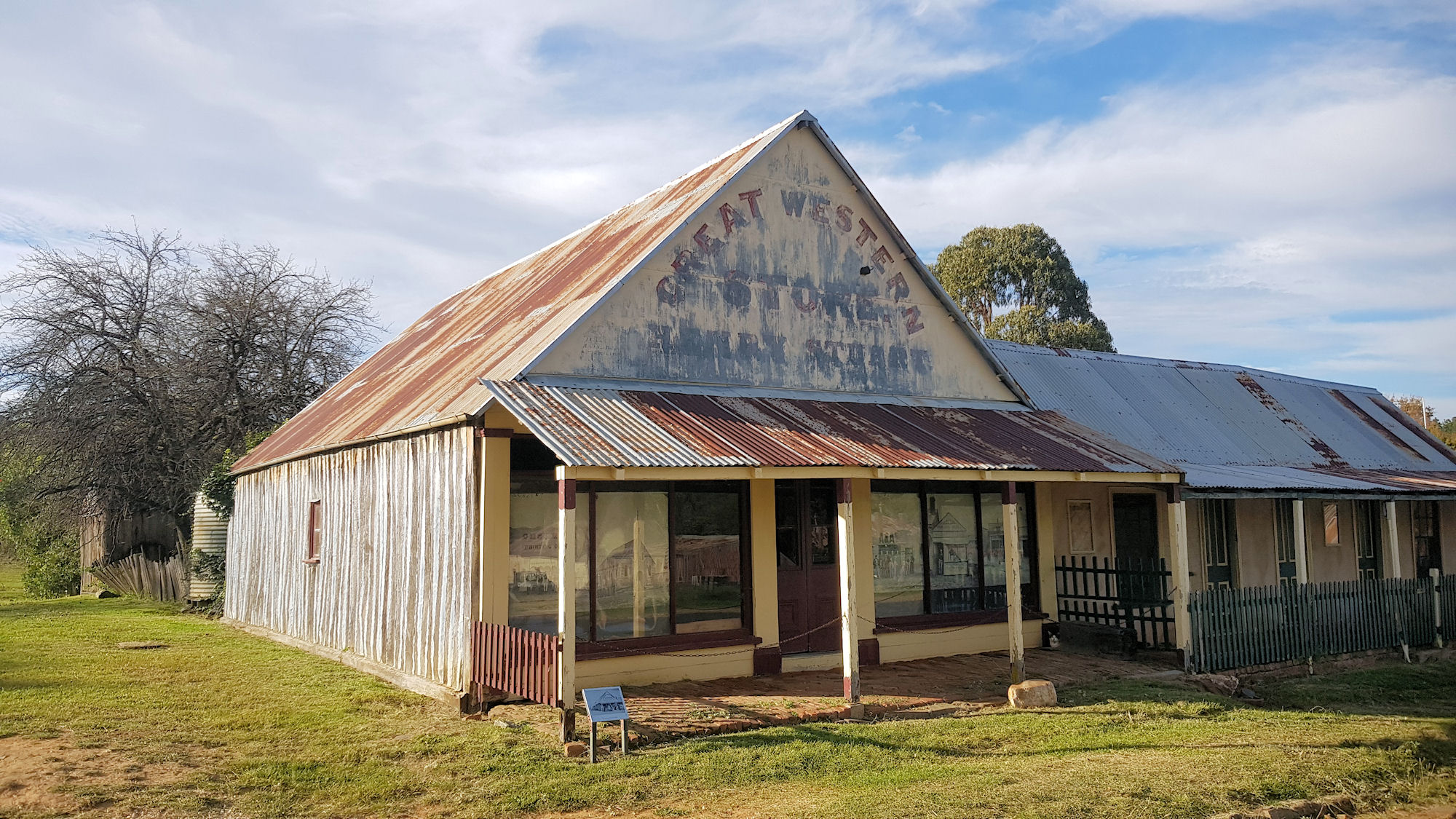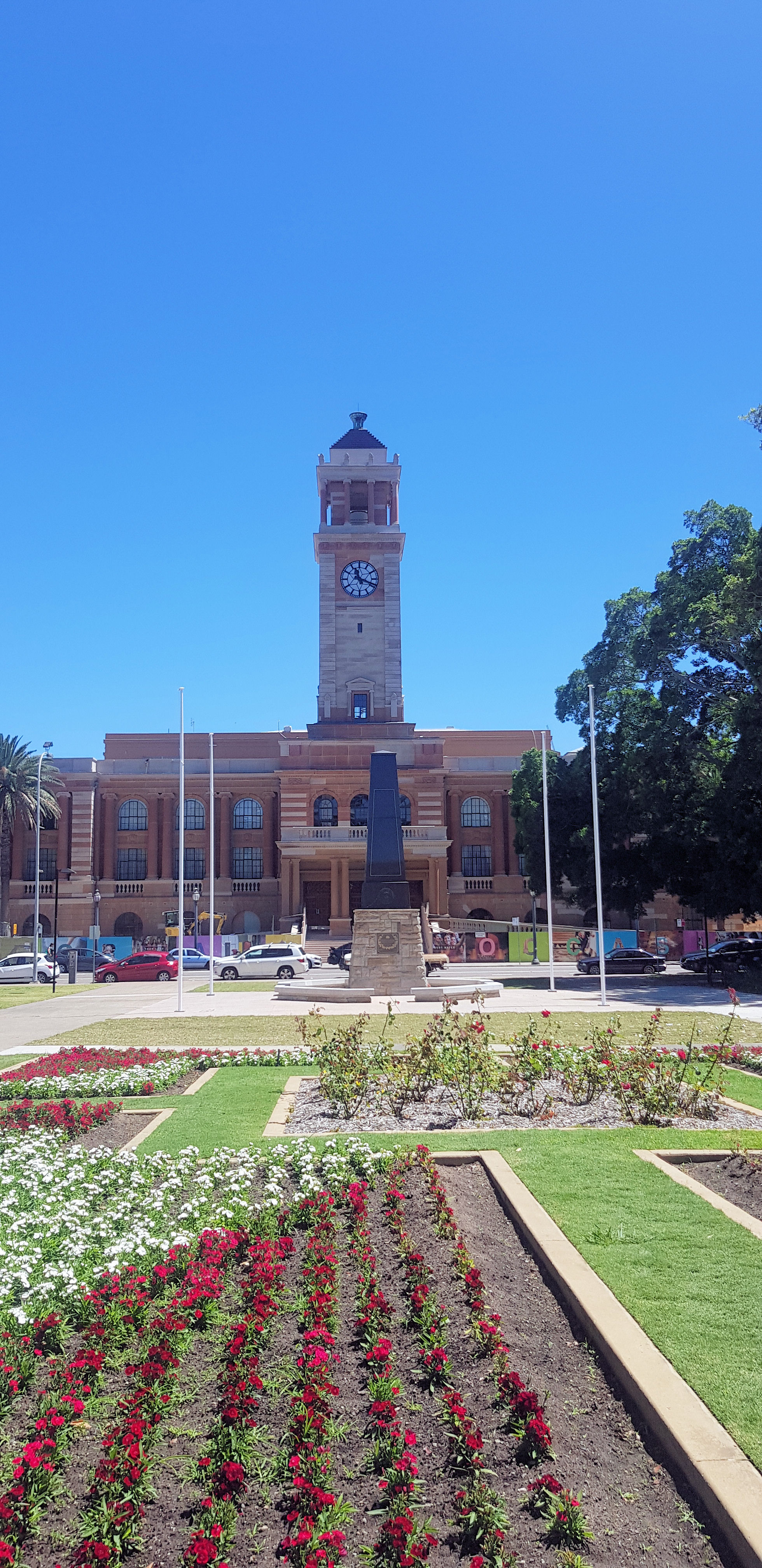Tag: war memorial
-
Legerwood Memorial Trees

Legerwood Memorial Trees Created to honour fallen soldiers in World War One, the Legerwood Memorial Trees are a brilliant way to ensure their legacy remains remembered. Following the end of World War One, many towns and cities in Australia chose to honour their fallen soldiers by planting trees to form avenues of remembrance. Planted during… Read more
-
Hill End Historical Gold Mining Town

Hill End A gold rush in the 1870s turned Hill End from a small rural village into one of the largest inland towns in New South Wales. When the boom finished, the town reverted back to a small village, however unlike other boom / bust towns many of the historic buildings remain. Now heritage listed,… Read more
-
Civic Park Newcastle NSW Australia

Civic Park Newcastle Baptist Tabernacle Captain Cook Memorial Fountain Newcastle Art Gallery Newcastle City Hall Old Newcastle City Administration Centre The Roundhouse Shortland Centenary Fountain St Andrew’s Presbyterian Church Vietnam and National Service Memorial War Memorial Grove War Memorial Civic Park Civic Park is bordered by council buildings on one side and the art gallery… Read more